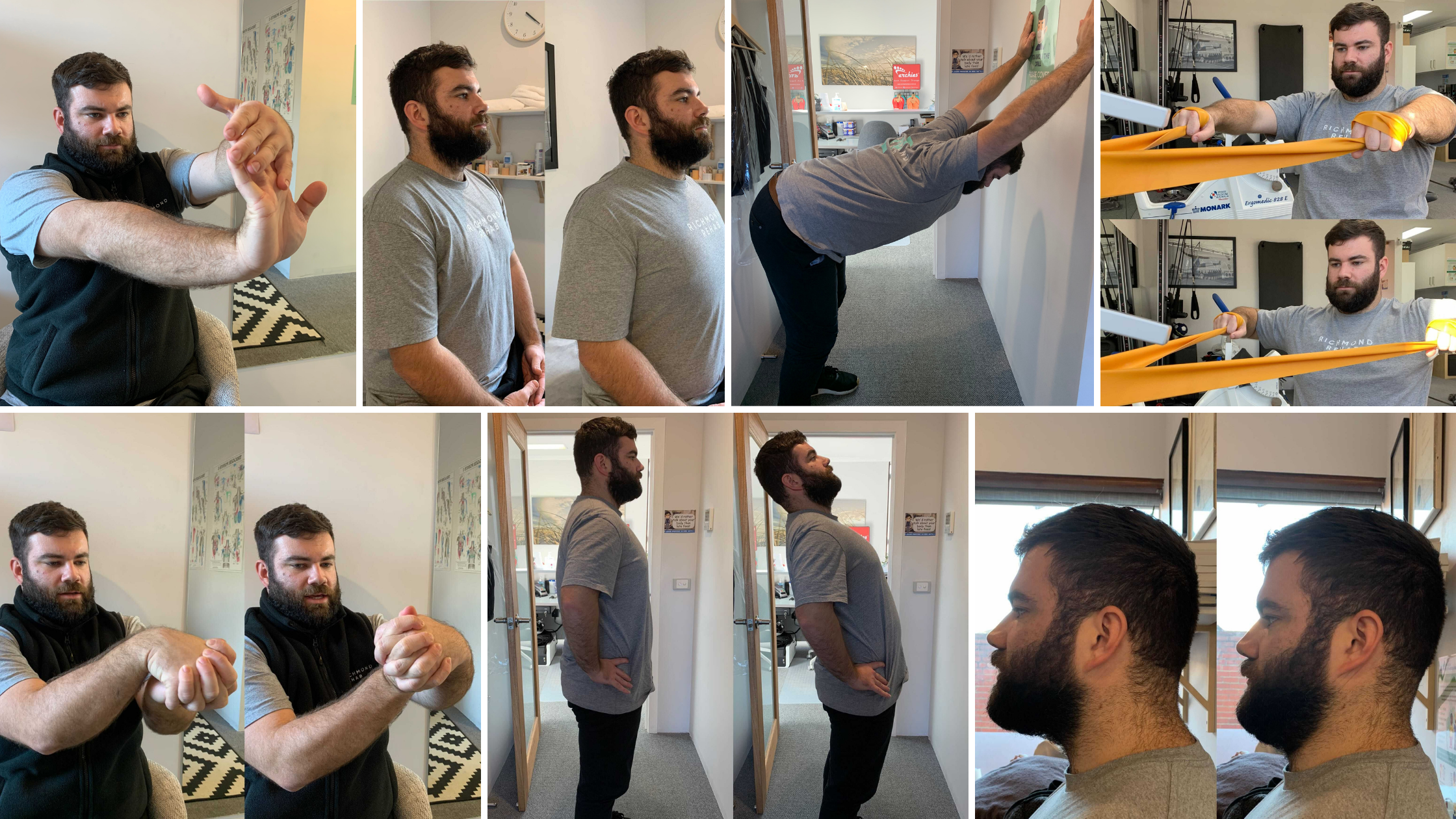Injuries in Hairdressing
As a result of prolonged and repeated lockdowns, we have realised how important our hairdresser or favourite barber is to our health and wellbeing, but we rarely think about the injury and occupational burnout that is highly prevalent in this occupation.
Hairdressing like any repetitive task comes with its strains and stresses.
A 2019 scoping review by Kozak and colleagues looked at a wide range of studies that assessed the bio mechanical disadvantages this occupation group is subject to, such as spending between 9-13% of total working time with their arms elevated to or above 60 degrees (chest height), of which is a clinically relevant factor in shoulder injuries and persistent severe pain.
There are statistics like this for multiple areas of the body in hairdressing, applicable for both male and female workers, so this spurs the question - “How can you reduce the risk of injuries happening and prolong your career?”
Common Hairdressing Injuries:
Let’s hone in on the more common sites of injury and what structures are being overloaded due to repetitive tasks:
Lower Back (76%) and Neck pain (58%) were prevalent in a twelve month period
Shoulder (60%) and Wrist/Hand pain (53%) were prevalent in a twelve month period
Foot (44%) and Knee pain (41%) were prevalent in a twelve month period
(Kozak, et al. 2019)
What Contributes to these Injuries?
Strenuous hand or arm postures and movements (e.g. arms above shoulder, repetition)
Awkward postures and movements of the spine (e.g. bending and twisting the back)
Workload and biomechanical strain (e.g. mechanical workload, overtime, no breaks)
Prolonged standing and sitting
Other factors (e.g. work experience, mental stress and burnout, gender or low support)
Specific hairdressing tasks (e.g. cutting, dying or styling hair)
(Kozak, et al. 2019)
What Can You Do?
It might seem obvious but taking a break between the stressful activities can prevent or alleviate micro injuries of all the above areas
Occupation specific changes: including but not limited to using a chair for lumbar pain, keeping arms near the body for shoulder pain, and cutting with the wrists in a neutral position for wrist pain
Improving ease of access such as asking customers to turn or bend the head and lowering the customer to an appropriate height
Early introduction of education on injury prevention (Kozak et al. 2019) noted a decrease in shoulder pain with when educating student hairdressers about shoulder positioning while cutting hair.
7 Exercises to Help Prevent Injuries:
Where we come into the prolonging of a work lifespan is through exercise, addressing the positions of extended exposure is through physical preparation and exercise.
Some examples to address these are not limited to the list below but they are a great starting point.
Forearm flexor stretch
Wrist Rolls
Scapula (shoulder blade) Squeezes
Thoracic Extension to the wall or a Foam Roller
Standing Extension or Prone Extensions
Standing Rows
Chin Tuck
If you have an injury or significant pain in one of the above areas please consult your physiotherapist prior to attempting the above exercises, an assessment to provide individualised programs is the best way we can help.



